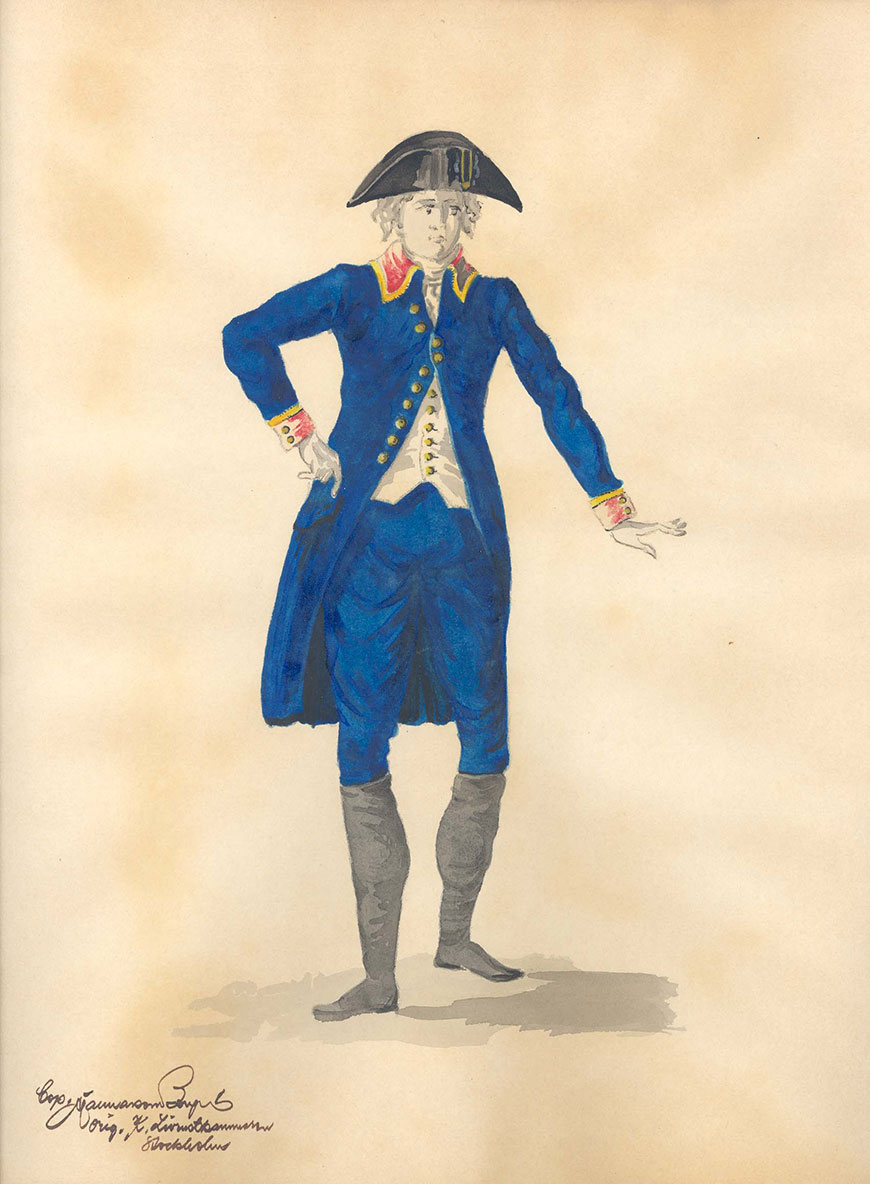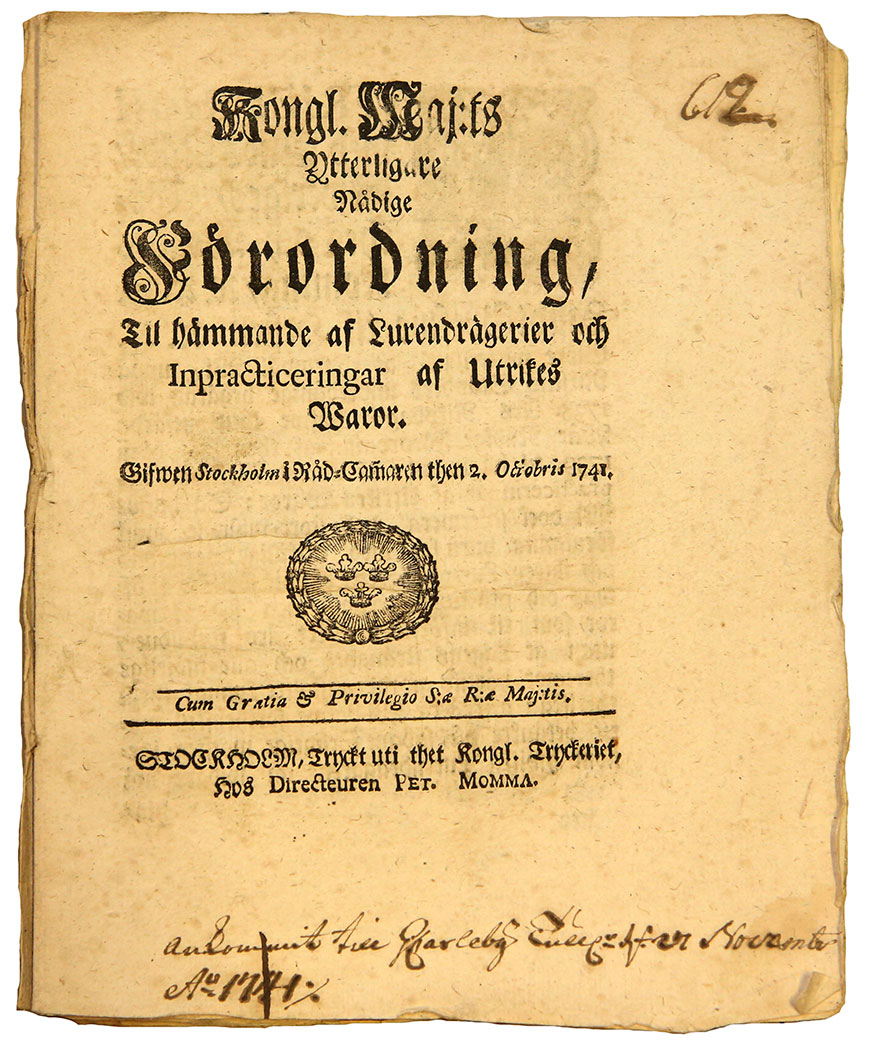History of Finnish Customs
Customs is one of the oldest authorities in Finland. The roots of the customs activity in the territory of Finland go back more than 600 years. Customs has taken part in the daily life of Finns in many different ways through countless different transactions. Finnish Customs has always had a significant societal role.
The Customs Museum is entrusted with the task of conveying information on the long customs tradition in Finland. These pages contain material on the various stages of customs activity and the Finnish customs administration.
Early customs activity and the Swedish reign
Customs is among the oldest public authorities in Finland. The levying of customs duties in Finland started in the Middle Ages. Customs duties were paid on foreign trade goods. Customs duties comprised an important source of income to the government as, unlike other taxes, they were paid in cash. Customs reliefs and other such exemptions also comprised a central component of customs policy.
The origin of customs activity is linked with urbanisation, as foreign trade was only allowed in cities. The levying of customs duties took on a regular nature during the reign of the Swedish king Gustav Vasa. A century later, in 1636, a separate customs administration was established in the realm of Sweden. The customs administration was one of the first government authorities whose employees carried out tasks that were specified in detail.
The customs administration always had a dual role; on one hand, to levy customs duties and payments and, on the other hand, to enforce their payment. Customs authorities also investigated customs offences and acted as prosecutors in subsequent court proceedings. For this purpose, cities had “sea customs courts”. Afterwards, customs offences were processed by city courts.
The customs administration was known as “sea customs” (meritulli). In the 1600s, inland customs duties were implemented. They were paid on domestic trade goods at city entrances. Inland customs duties fell under the responsibility of “land customs” (maatulli) which operated much in the same way as “sea customs”. So-called ordinary folk were much more familiar with land customs than sea customs. Peasants who lived along the coastline of Finland were entitled to sail abroad in order to export their products. They were allowed to import goods upon returning, but only for personal use. This was another matter that needed to be supervised.
There were also other taxes similar to customs duties, such as the salt tax that was levied in the 17th century. Cities received their own payments in connection with customs clearances. Customs also levied maritime charges, such as pilot and lighthouse charges which subsequently became known as fairway dues.
In line with the doctrine of mercantilism, authorities strived to restrict and supervise imports and to facilitate exports starting in the 1600s. In the 1700s, a new and more liberal atmosphere took hold. When the trade embargo in the Gulf of Bothnia region was dismantled, foreign trade increased throughout Western Finland.
When the Russians occupied Finland in 1808, the land customs administration ceased to exist with immediate effect, and customs officials were no longer seen at city gates. Sea customs houses remained active.

